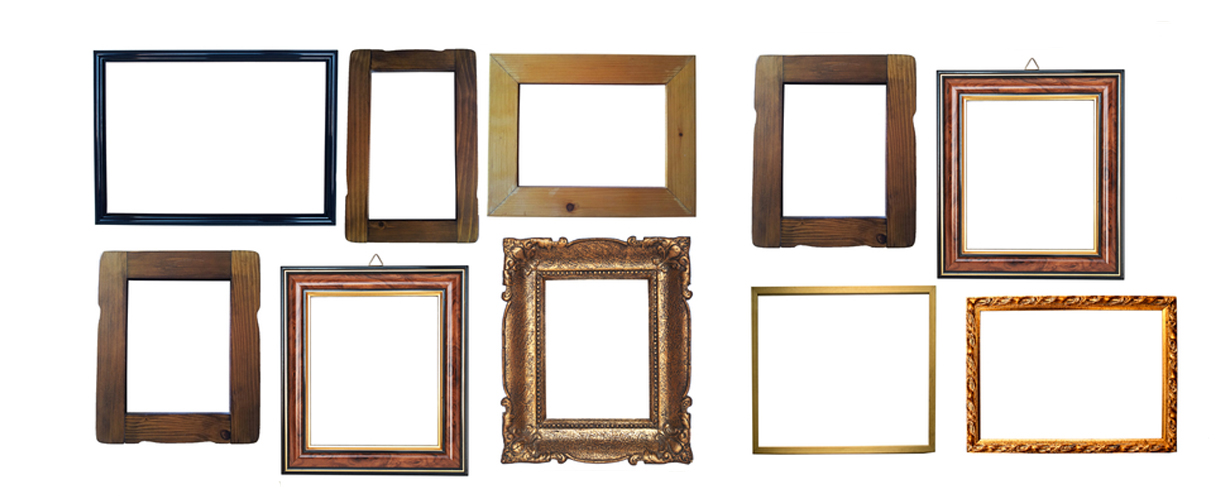Framing For Your Art Style
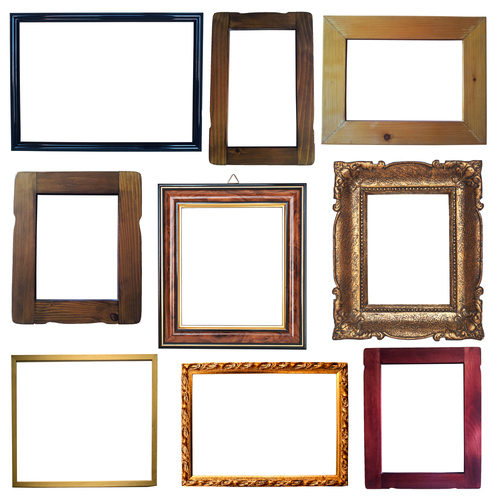
“The best frames are an extension of the art they surround, not its antithesis” – Mr. Wilner. Chief Exec Wilner & Co.*
So you’ve got your art:
There are beautiful works of art, and there are gorgeous picture frames to accompany them. When combined properly, the end result of this union can be a great addition to any living space, enhancing the overall effect of your interior design choices. However, when chosen wrongly a picture frame can distract from the art work it is suppose to enhance, perhaps looking unprofessional or inappropriate. Here’s our guide to help you avoid just that; how to choose a frame for each style of art.
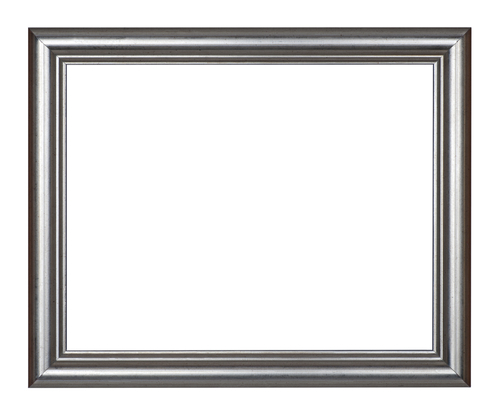
Metallic Frames:
Metal frames have a sleek and modern look. However when chosen inappropriately they can look cold or clinical. We think that they’re best suited to black and white photography. Black and white photos are all about depth and tone. They have an atmospheric feel which contrasts well with the sleekness of the metallic frame. We think that this union is the perfect way to make your black and white photos look professional and stylish.
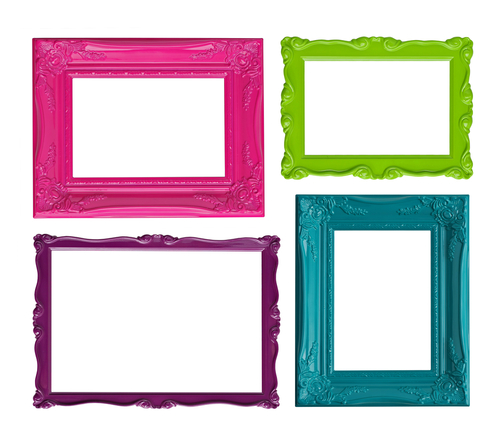
Coloured Frames:
A brightly coloured frame can work well when it complements the colour pallet of your room. However, you have to ensure that the photograph or artwork within is bold enough to compete with a frame that stands out so much. In this case, we would select minimalist modern art work, or colour photography that incorporates the bold colour of your frame. This will allow the frame and art to look as though they compliment one another, and prevent the frame from overshadowing the art itself.
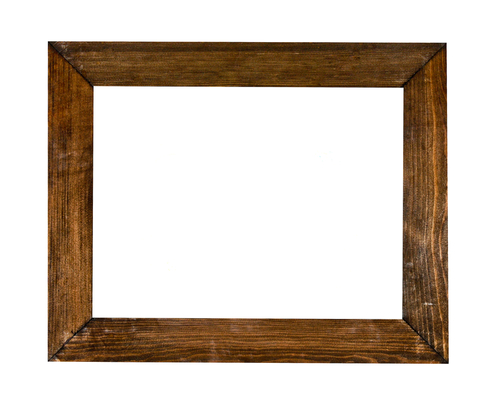
Wooden Frames:
Wooden frames are more traditional and have a gentler feel than the previous two. However they’re more subtle than the completely traditional look of the swept frames, which can sometimes be too overpowering for the artwork that you want to incorporate into your home furnishings. We think that wooden frames work great with nature captures or historical shots. The earthy colours of historical buildings and natural settings work great with a frame of a similar theme, made using natural materials.
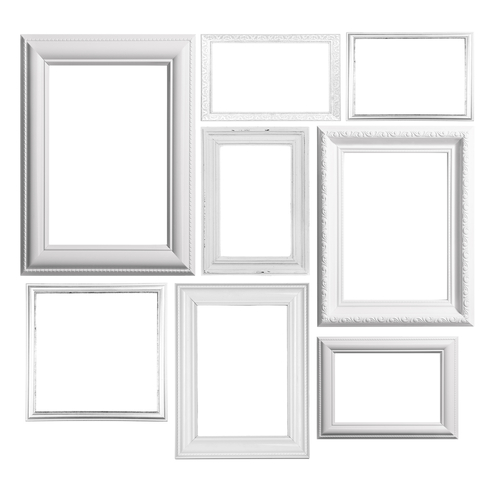
White frames:
Some works of art are extremely delicate and require a frame that reflects their gentle nature. Watercolours are possibly the best example of this delicate sort of art. The high water content of the paint dilutes the colours and causes them to blend slightly with one another on the page. The white of the page will also often show through the translucent paint, dampening the colours. This creates pieces that are gentle and airy looking. The nature of the medium often requires an artist with a very steady and gentle hand. The frame chosen must not override the delicate nature of the watercolours. We suggest selecting a white frame to achieve this; as neutral as possible in order to let the delicate talent of the artist shine.
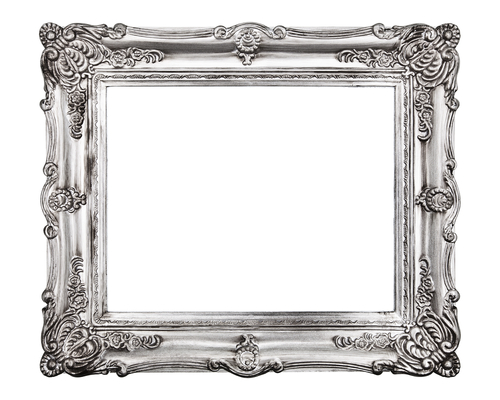
Swept frames:
These are the most majestic members of the frame family. These frames reflect the style traditionally used in art galleries to display fine works of art. Their decorated style harbours a sense of grandeur. However, this doesn’t mean that they can’t also be incorporated into your home, but only with the right style of art within. We suggest that you combine swept frames with naturalistic and period pieces of art. Impressionist styles could also work well, as could traditional portraits. The key with swept frames is not to choose anything too stark and modern.
As always, there are exceptions to this ‘rule’. Swept frames can be painted in a shabby chic style, which allows them to look contemporary enough to work with more modern styles of art.
Now you’re ready to go
“I would prefer to view a work of art unframed than to put it in the wrong frame,” – Mr Wilner, Chief Exec Wilner & Co. *
You’ve got the knowledge, now go and marry your art work with the perfect frame. We think that if you follow our guidelines you won’t go far wrong.







